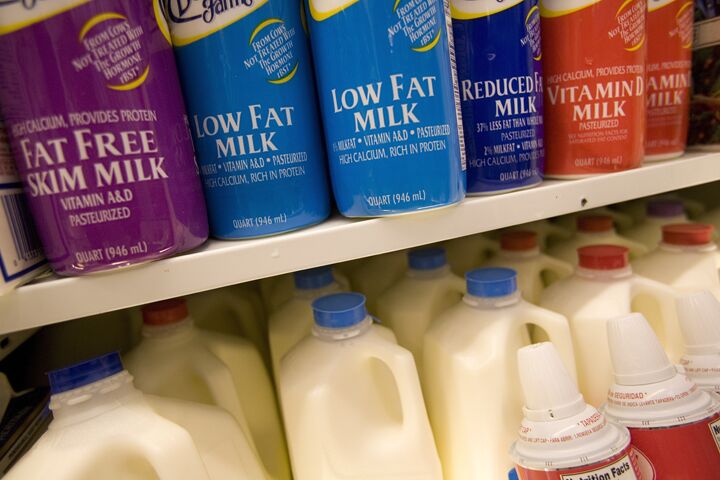
White Gold: the New Black Gold
It’s good to be a dairy cow these days. But if you are a milk drinker, a cheese nibbler, or a chocolate lover, it is not so good, as dairy prices are soaring and pocketbooks are getting pinched.
Milk prices set a new record last month, spiking at more than $3.80 per gallon in the United States, on the back of both supply and demand concerns. That’s $159 per oil barrel. International dairy prices increased 46 percent between November and April, according to the UN Food and Agriculture Organization.
Four converging factors have sent prices soaring and may keep prices high for the foreseeable future.
First, as with gold and oil, much of the growing demand for milk is from China and other parts of Asia. As Western advertising and media have penetrated the world’s largest continent, Asian consumption behaviors are becoming distinctly more American. The introduction of McDonald’s cheeseburgers and Starbucks lattes are acquainting billions of people to new tastes and habits in countries historically lactose-limited.
Many in China equate milk consumption with increased strength and health. Chinese Premier Wen Jiabao has said that it is his dream “to provide every Chinese, especially children, sufficient milk each day.” He wants every child to consume a pint per day.
According to the Food and Agriculture Organization, China consumed 43 kilocalories of milk per person per day in 2005, up from 26 kilocalories in 2002. Consumption is predicted to rise by 15 to 20 percent annually over the next several years.
Second, rising feed costs are being passed down to the consumer. The U.S. government’s drive to replace crude-oil consumption with corn-ethanol consumption has caused corn prices to jump. Corn is an animal-feed staple, and farmers and producers are forced to pass on the cost to the consumer by raising milk prices. Approximately 27 percent of this year’s U.S. corn crop will be used to make ethanol.
Third, government regulations are preventing dairy farmers from increasing the milk supply. While milk prices are soaring, many farmers cannot take full advantage of the situation. Governments around the world implement a wide variety of trade policies, including tariffs and quotas, to restrict the supply of milk and to insulate their milk industry from foreign competition.
Fourth, weather disasters have also limited dairy production. Widespread, long-standing droughts in Australia and to a lesser extent in New Zealand, the world’s largest milk-exporting countries, are reducing dairy supplies at a time when milk demand is rising, elevating the price further.
Milk is just the latest foodstuff to join the list of high-priced commodities such as corn, soybeans, wheat and other crops. For an indication of which direction food prices will likely move, look at other globally traded commodities such as oil, coal, gold, lead, copper and cement. All have gone up; watch for milk and other commodities to do the same.
